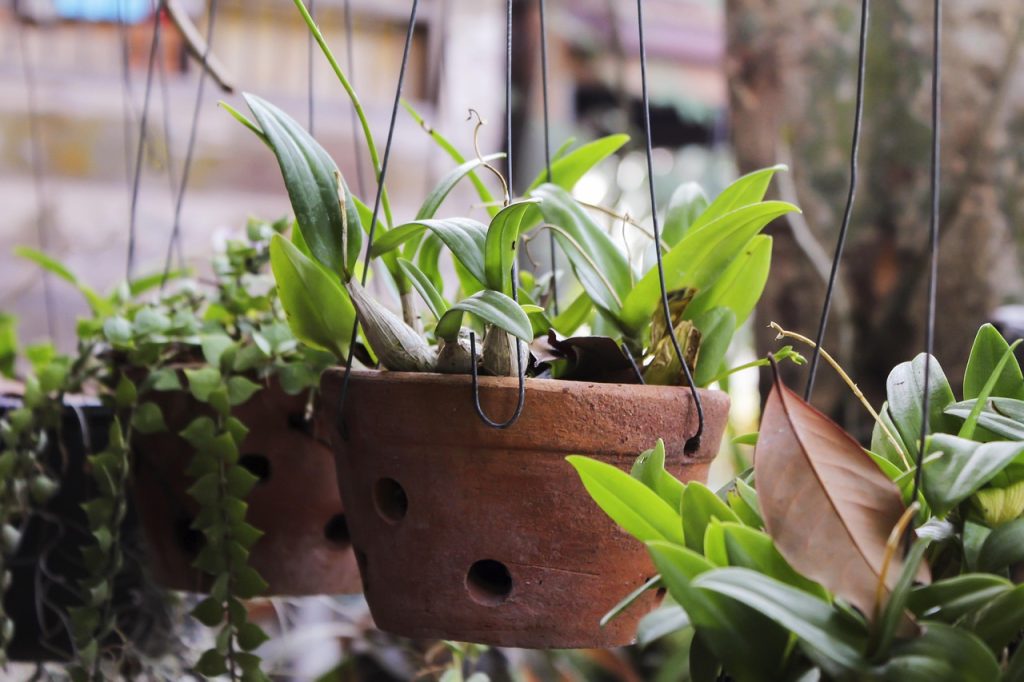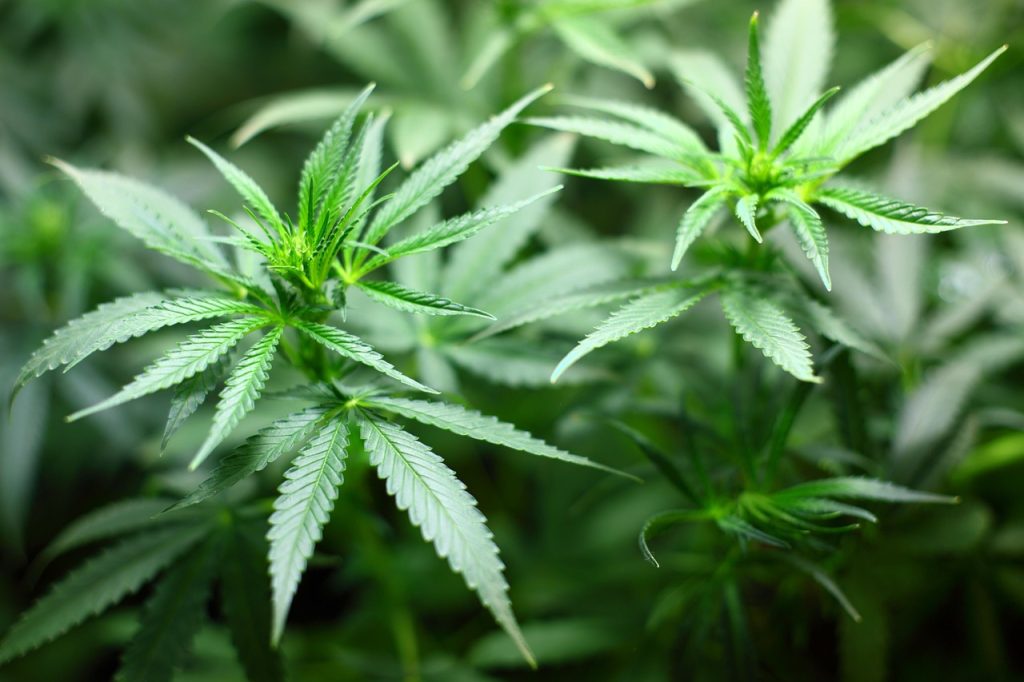Indoor plants are a wonderful addition to any home, offering aesthetic beauty and a host of benefits such as improved air quality and mental well-being. However, keeping houseplants healthy and vibrant requires more than just occasional watering. This comprehensive guide will delve into the intricacies of indoor plant care, providing you with the insights and tools needed to transform your living space into a verdant oasis.

Understanding the Basics of Indoor Plant Care
Before diving into specific care techniques, it’s essential to understand the basic needs of indoor plants. These generally fall into several categories: light, water, humidity, temperature, soil, and nutrients. Each plant species has unique requirements, and understanding these can make a significant difference in their health and longevity.
Light Requirements
Light is a critical factor in plant growth. Most indoor plants are adapted to low-light conditions, but this doesn’t mean they can thrive in complete darkness. Assess the natural light available in your home and choose plants that match the light conditions of your space. South-facing windows typically provide the most sunlight, while north-facing windows offer the least. For low-light areas, consider plants like pothos, snake plants, or ZZ plants.
Watering Techniques
Overwatering is one of the most common mistakes made by plant owners. It’s important to allow the soil to dry out between waterings for most indoor plants. Check the top two inches of soil; if it’s dry, it’s time to water. Ensure pots have drainage holes to prevent water from pooling at the bottom, which can lead to root rot.
Humidity and Temperature
Most houseplants originate from tropical regions, where humidity is high. To mimic these conditions, consider using a humidifier or placing a tray of water near your plants. Temperature is also crucial; keep plants away from drafts, heaters, and cooling vents to maintain a stable environment.
Choosing the Right Soil and Nutrients
The right soil mix can make a significant difference in plant health. Most indoor plants thrive in a potting mix that ensures good drainage while retaining moisture. Fertilize your plants during their growing season (spring and summer) with a balanced liquid fertilizer to provide essential nutrients.
Common Indoor Plant Species and Their Care
Understanding the specific needs of different plant species can help you provide the best care. Let’s explore some popular houseplants and their unique requirements.
Spider Plant (Chlorophytum comosum)
The spider plant is known for its air-purifying qualities and ease of care. It thrives in bright, indirect light but can tolerate lower light levels. Water when the top inch of soil is dry, and be sure to provide enough humidity.
Peace Lily (Spathiphyllum)
Peace lilies are popular for their lush foliage and white blooms. They prefer low to medium, indirect light. Keep the soil consistently moist but not soggy. Peace lilies appreciate higher humidity, so misting or using a humidifier is beneficial.
Succulents and Cacti
Succulents and cacti are perfect for sunny spots. They require well-draining soil and infrequent watering. Allow the soil to dry out completely between waterings. These plants are adapted to dry climates, making them low-maintenance options for beginners.
Tips for Troubleshooting Common Plant Issues
Even with the best care, indoor plants can encounter problems. Knowing how to identify and address these issues can prevent minor problems from becoming serious.
Yellowing Leaves
Yellowing leaves can indicate several issues, including overwatering, underwatering, or nutrient deficiencies. Check your plant’s watering schedule and adjust as necessary. If nutrients are lacking, consider a balanced fertilizer to replenish the soil.
Brown Leaf Tips
Brown tips often signal low humidity or salt build-up from hard water. Increase humidity around the plant and use distilled water if necessary. Regularly flush the soil with water to remove excess salts.
Pest Infestations
Common pests like spider mites, aphids, and mealybugs can plague houseplants. Regularly inspect your plants and treat infestations promptly with insecticidal soap or neem oil. Isolate affected plants to prevent the spread of pests.

Enhancing Your Indoor Plant Environment
Creating an ideal environment for your plants involves more than just meeting their basic needs. Consider these additional strategies to enhance their growth and vitality.
Grouping Plants Together
Grouping plants together can create a microclimate with higher humidity, benefiting all plants involved. This technique is particularly effective for tropical species that thrive in moist environments.
Rotating Plants
Plants naturally grow towards the light source, which can lead to uneven growth. Regularly rotating your plants ensures even exposure to light, promoting balanced development.
Using Grow Lights
If natural light is insufficient, especially during winter months, consider using grow lights. LED grow lights are energy-efficient and provide the full spectrum of light that plants need to photosynthesize effectively.
Conclusion
Successfully caring for indoor plants is both an art and a science. By understanding and meeting their individual needs, you can cultivate a flourishing indoor garden that brings life and beauty to your home. Remember, patience and observation are key to becoming a proficient plant parent. With these insights and tips, you are well on your way to mastering indoor plant care.
Frequently Asked Questions
How often should I water my indoor plants?
The frequency of watering depends on the plant species, pot size, and environmental conditions. Generally, wait until the top inch of soil is dry before watering.
Can indoor plants survive without natural light?
While some plants can tolerate low light, all plants need some form of light to photosynthesize. Consider using grow lights to supplement natural light if necessary.
What is the best way to increase humidity for indoor plants?
Use a humidifier, place a tray of water near plants, or mist plants regularly to increase humidity. Grouping plants together can also create a more humid microclimate.